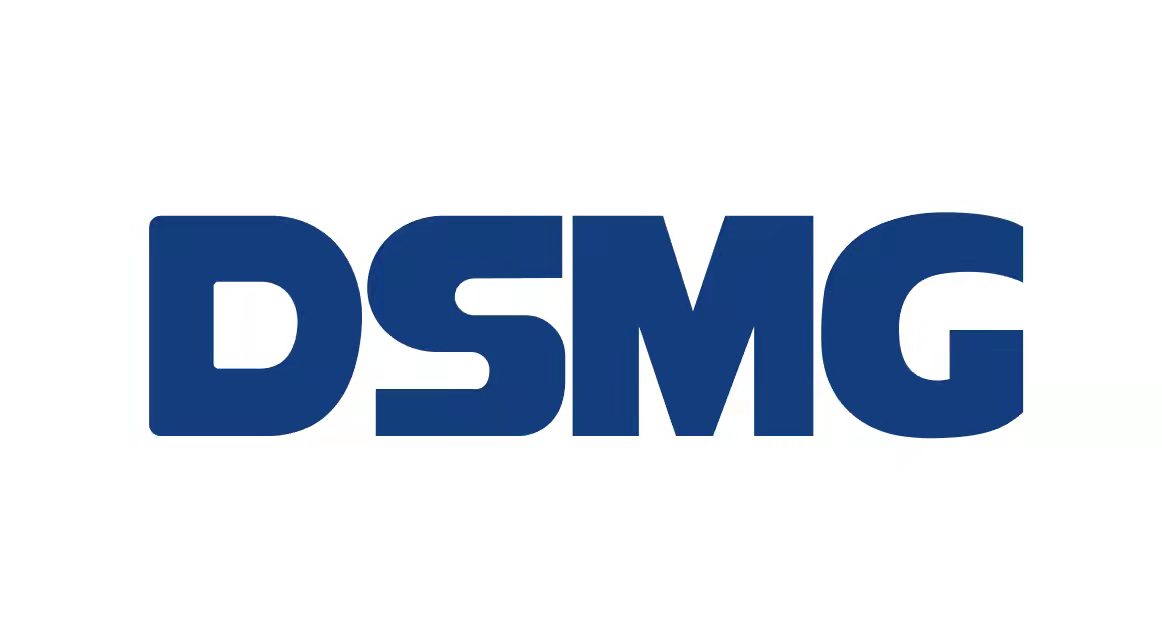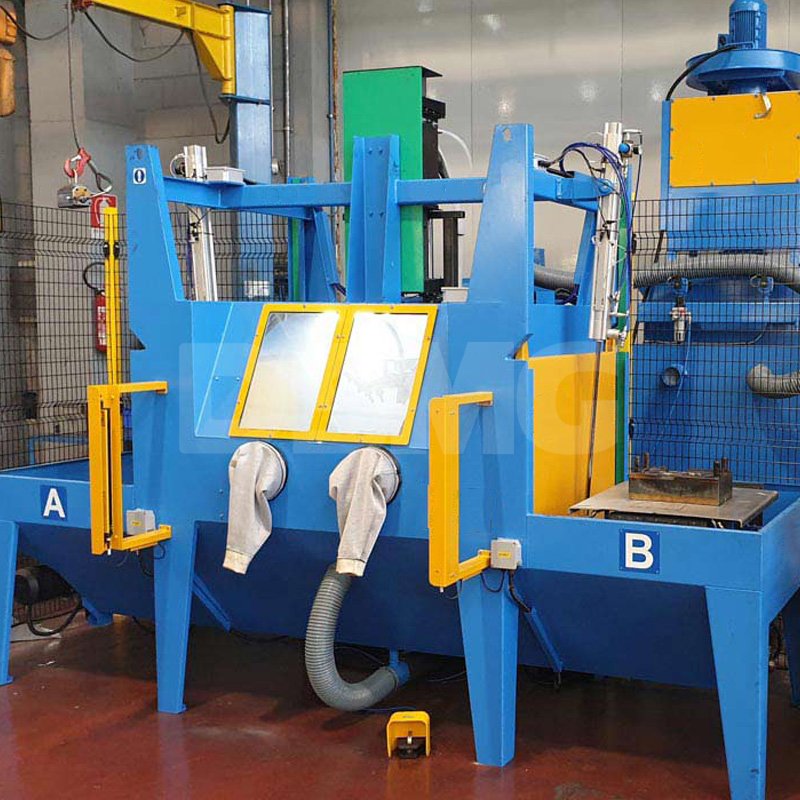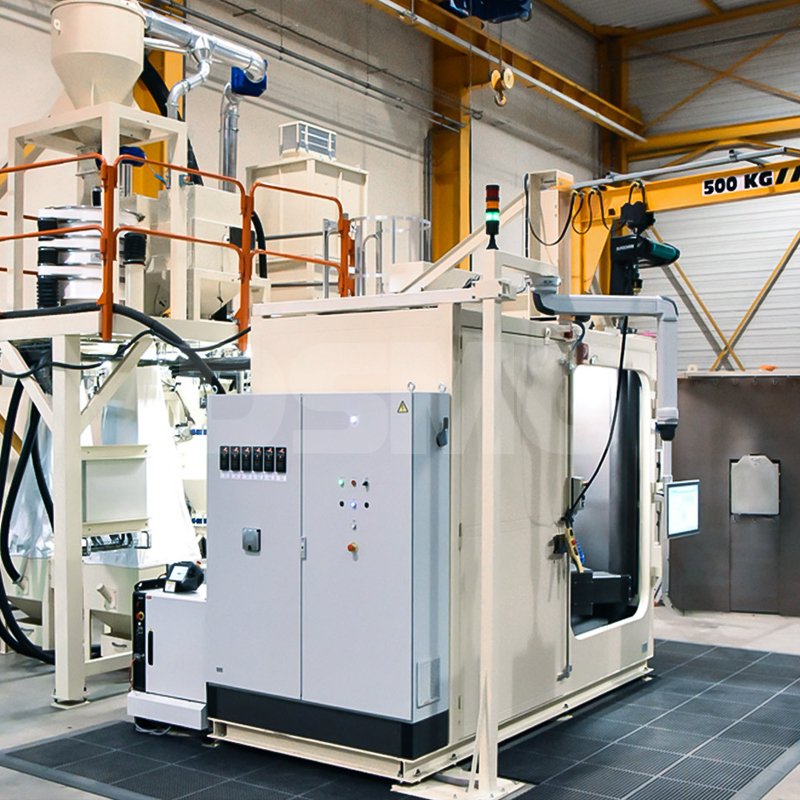When used in conjunction with appropriate sandblasting media such as aluminum oxide, glass or plastic beads, the DISA series of injection sandblasting cabinets are highly suitable for a wide variety of applications, such as roughening, rust removal, deburring, matte finishing and polishing of numerous components. Equipped with cyclone separators for additional cleaning and optimal preparation of the sandblasting media, and providing clear visibility inside the cabinet. One popular aspect of this unique design is the ergonomic working height of the cabinet.
Main Features:
A rotating cage for the automatic sandblasting of small components.
A rotating table to facilitate the rotation of heavy components; it can also be equipped with a track system.
Applicable to all conventional abrasives.
Convenient for changing abrasives.
Additional cleaning of the sandblasting media through cyclone separators.
Automatic (timed) filter cleaning.
Highly robust, durable and ergonomic design with a load capacity of up to 500 kilograms.
Two large access doors with a safety system (preventing sandblasting when the doors are opened).
A rotating cage for the automatic sandblasting of small components.
A rotating table to facilitate the rotation of heavy components; it can also be equipped with a track system.
Applicable to all conventional abrasives.
Convenient for changing abrasives.
Additional cleaning of the sandblasting media through cyclone separators.
Automatic (timed) filter cleaning.
Highly robust, durable and ergonomic design with a load capacity of up to 500 kilograms.
Two large access doors with a safety system (preventing sandblasting when the doors are opened).
Q: What are the main benefits of shot peening for springs?
A:
Extended Service Life:
By applying shot peening, residual stress on the spring surface is reduced, the material structure is compacted, and a harder surface layer is formed. This significantly improves the spring’s service life and reliability, delays spring fracture, extends its longevity, and removes production-related burrs.
Enhanced Fatigue Resistance:
Compaction of the surface structure positively affects fatigue strength, strengthening the spring’s resistance to alternating stresses. This enables the spring to withstand higher loads and repeated cycles without performance degradation, while also significantly extending the service life of components such as connecting rods, gears, knuckles, and crankshafts.
Reduced Cracking:
Targeted surface compaction counteracts the formation of stress cracks and microcracks, optimizing the spring’s structural integrity. This makes it an indispensable technology in industries relying on spring reliability and durability.
Improved Corrosion Resistance:
Cracks often result from corrosion. Shot peening creates a denser surface layer, which resists environmental impacts like cold and moisture, making springs more corrosion-resistant.
 中文版
中文版











